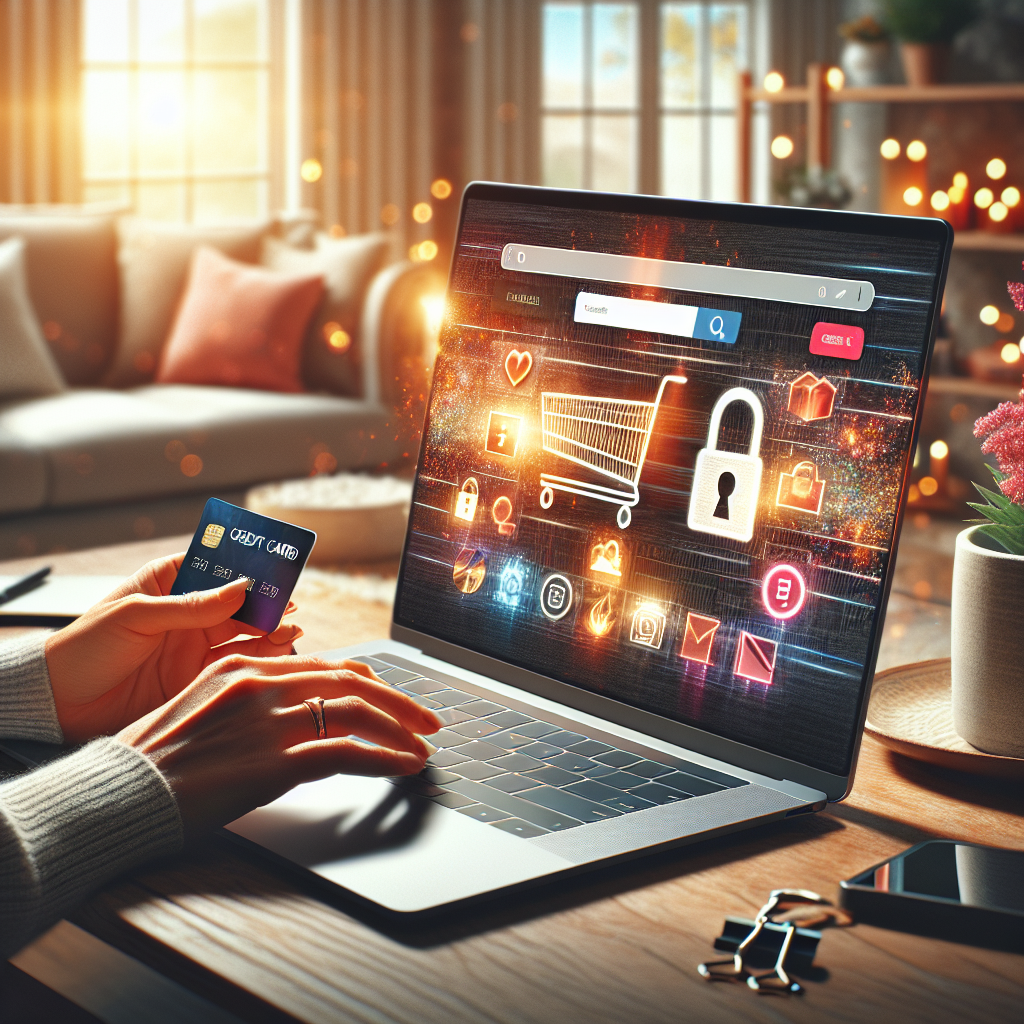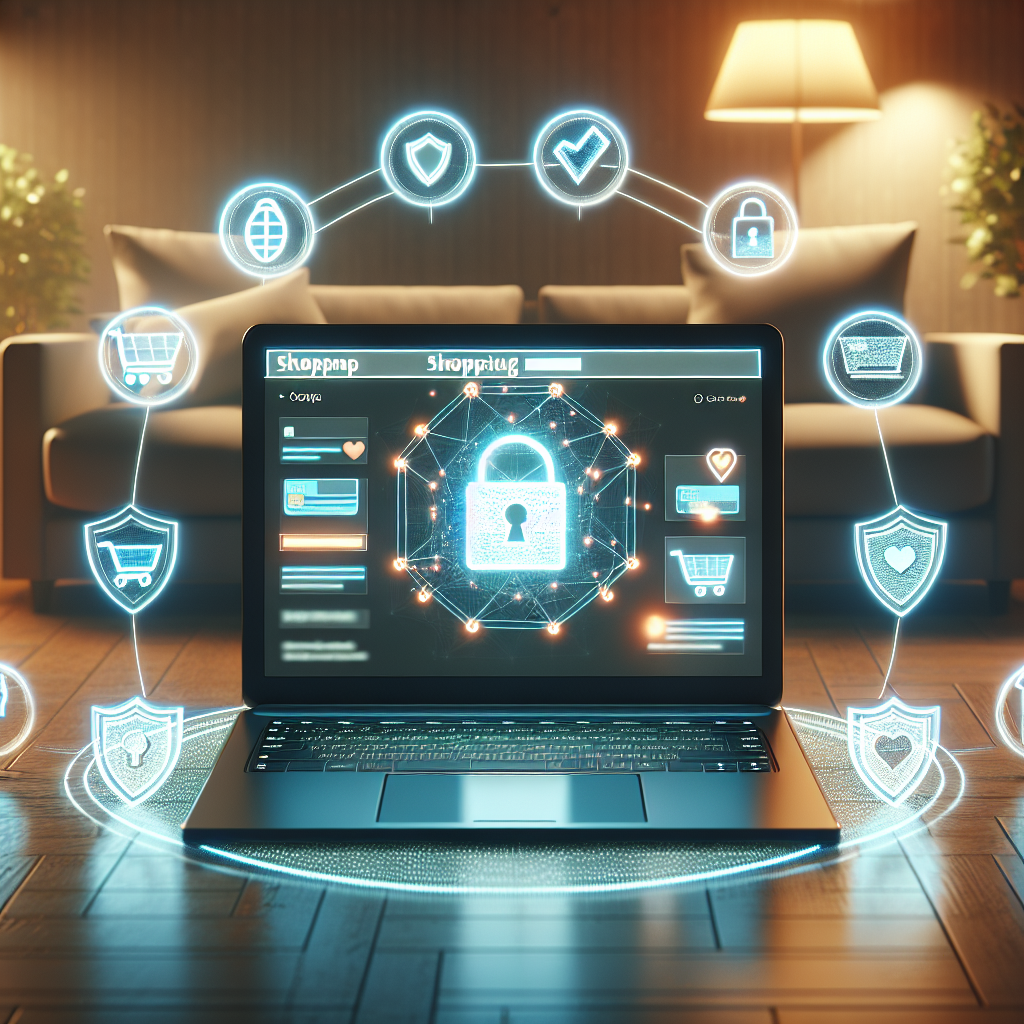In today’s digital age, online shopping has become a convenient and popular way to purchase goods and services. However, with the increasing prevalence of cyber threats, it is crucial to be aware of online shopping safety tips to protect your personal and financial information. Whether you’re a seasoned online shopper or new to the digital marketplace, understanding how to navigate safely can save you from potential scams and fraud.
Online shopping offers numerous benefits, including a vast selection of products, competitive prices, and the convenience of shopping from the comfort of your home. Yet, these advantages come with risks if proper precautions are not taken. From phishing scams to unsecured websites, the dangers are real, and awareness is the first step towards safeguarding yourself.
In this article, we will delve into essential online shopping safety tips that will help you enjoy a secure shopping experience. By following these guidelines, you can shop with confidence, knowing that your personal and financial information is protected. Let’s embark on a journey to make your online shopping not only convenient but also safe. Shop Now!

One of the most critical aspects of online shopping safety is using secure payment methods. When making purchases online, it’s essential to choose payment options that offer robust protection against fraud and unauthorized transactions. Understanding these methods can help you make informed decisions and keep your financial information safe.
Firstly, consider using credit cards instead of debit cards for online transactions. Credit cards typically offer better fraud protection, and in the event of a dispute, your liability is often limited. Additionally, many credit card companies offer zero-liability policies, meaning you won’t be held responsible for unauthorized charges. Secondly, using digital wallets like PayPal, Apple Pay, or Google Wallet can add an extra layer of security. These services encrypt your payment information, reducing the risk of it being intercepted by malicious actors.
Another secure payment option is virtual credit cards. These are temporary card numbers generated by your credit card issuer for a single transaction or a limited period. They function like regular credit cards but keep your actual card number hidden from the merchant, adding an extra layer of protection. Lastly, always look for secure websites indicated by the ‘https://’ at the beginning of the URL and a padlock icon in the address bar. These indicators signify that the website uses SSL encryption to protect your data during transmission.
By understanding and utilizing secure payment methods, you can significantly reduce the risk of fraud and ensure that your online shopping experience remains safe and enjoyable. Always be vigilant and prioritize security over convenience when it comes to your financial transactions online.

Recognizing phishing and scam websites is crucial for maintaining your online shopping safety. Cybercriminals often create fake websites or send fraudulent emails to trick you into providing personal and financial information. Being able to identify these threats can help protect your sensitive data.
One common tactic used by scammers is creating websites that closely mimic legitimate online stores. These sites often have URLs that are slightly altered, such as changing one letter or adding an extra character. Always double-check the URL to ensure you are on the official website. Additionally, look for contact information and customer service details; legitimate businesses will have clear and accessible contact options.
Emails are another popular phishing method. Be wary of unsolicited emails that ask you to click on links or provide personal information. These emails often contain urgent messages, such as claiming that your account has been compromised or that you need to verify your information. If you receive such an email, do not click on any links. Instead, go directly to the website in question by typing its URL into your browser.
Another red flag is poor website design and content. Scam websites often lack professional design and may contain numerous spelling and grammatical errors. Legitimate businesses invest in well-designed websites and professional content. Furthermore, be cautious of deals that seem too good to be true. Extremely low prices or offers that seem overly generous can be a sign of a scam.
By staying vigilant and being aware of the signs of phishing and scam websites, you can protect yourself from online fraud. Always verify the legitimacy of websites and emails before providing any personal or financial information.
Creating and maintaining strong passwords is an essential step in safeguarding your online shopping accounts. A robust password can be the first line of defense against cybercriminals attempting to access your personal and financial information.
Strong passwords are typically a combination of upper and lower case letters, numbers, and special characters. This diversity makes it more challenging for hackers to crack. Avoid using easily guessable passwords, such as ‘123456,’ ‘password,’ or your birthdate. Instead, opt for a password that is at least 12 characters long and does not include common words or phrases.
It is also crucial to use unique passwords for different accounts. While it may be convenient to use the same password across multiple sites, this practice significantly increases the risk if one of your accounts is compromised. If a hacker gains access to one account, they could potentially access all other accounts that share the same password.
Consider using a password manager to help you generate and store complex passwords. A password manager can create random, highly secure passwords and remember them for you, reducing the need to memorize multiple passwords. This tool can also alert you if any of your passwords have been compromised, prompting you to change them immediately.
Regularly updating your passwords is another critical practice. Even the strongest passwords can become vulnerable over time, especially if a data breach occurs. Aim to change your passwords every few months and immediately update them if you suspect any suspicious activity on your accounts.
By prioritizing the creation and maintenance of strong passwords, you can significantly enhance your online shopping security, protecting your personal and financial information from potential threats.

One of the most effective online shopping safety tips that you should implement is utilizing Two-Factor Authentication (2FA). This extra layer of security ensures that even if someone gets hold of your password, they still need a second form of verification to access your account.
2FA typically combines something you know (your password) with something you have (a mobile device) or something you are (biometrics like fingerprints). When you enable 2FA, after entering your password, you will be prompted to enter a code sent to your mobile device or generated by an authentication app. This code is usually time-sensitive, adding an additional layer of difficulty for cybercriminals attempting to breach your account.
Most major online retailers and financial institutions offer 2FA as an option. Enabling it can be done through the security settings of your account. While it might add a few extra seconds to your login process, the enhanced security it provides is well worth the minor inconvenience.
In addition to SMS-based codes, consider using an authentication app like Google Authenticator or Authy. These apps generate time-based one-time passwords (TOTPs) that are more secure than SMS codes, which can potentially be intercepted by hackers. Some platforms also support hardware tokens, which are physical devices that generate secure login codes.
Not only does 2FA protect your online shopping accounts, but it also enhances the security of your email and social media accounts. Many data breaches originate from compromised email accounts, so securing your email with 2FA can prevent hackers from gaining access to other accounts linked to that email.
By incorporating 2FA into your online shopping practices, you add a significant barrier against unauthorized access, ensuring your personal and financial details remain safe.

Regularly monitoring your financial statements is one of the most crucial online shopping safety tips you can follow to protect yourself from fraud. By keeping a close eye on your bank and credit card statements, you can quickly identify any unauthorized transactions and take immediate action to address them.
Make it a habit to review your financial statements at least once a week. Look for any unfamiliar charges, no matter how small, as cybercriminals often test the waters with minor transactions before attempting larger frauds. If you spot any suspicious activity, report it to your financial institution right away. Most banks and credit card companies have fraud protection policies that can help you recover lost funds, but timely reporting is essential.
Many banks and financial institutions offer tools and services that can assist in monitoring your accounts. Set up alerts for transactions above a certain amount or for any activity that occurs outside of your usual spending patterns. These alerts can be sent via email or SMS, providing real-time updates on your account activity.
Using a dedicated credit card for online shopping can also make monitoring easier. By isolating your online purchases, you can quickly identify any fraudulent transactions. Additionally, credit cards often come with built-in fraud protection measures, offering an extra layer of security compared to debit cards.
Don’t forget to check your statements for any subscriptions or recurring charges you may have forgotten about. This practice not only helps you stay on top of your finances but also ensures you’re not paying for services you no longer use.
By consistently monitoring your financial statements, you can catch fraudulent activity early and minimize its impact. Stay vigilant and proactive to enjoy a safer online shopping experience.
For a secure and enjoyable shopping experience, Shop Now! at Cosmoso.shop where you can find high-quality discounted items with free and fast shipping.
Leave a comment